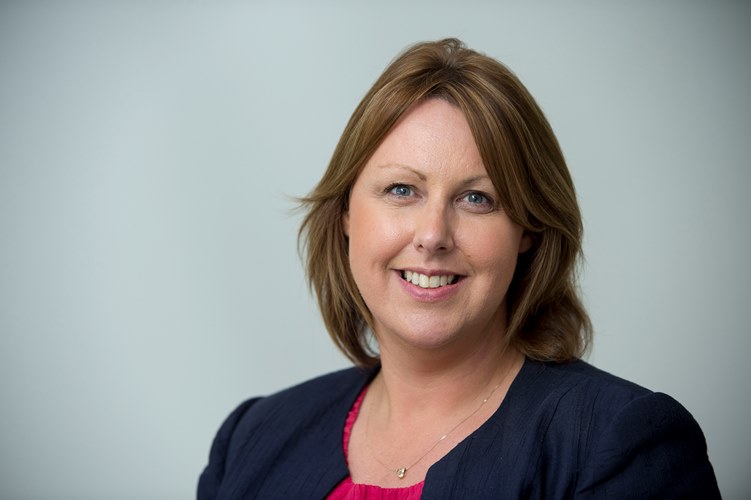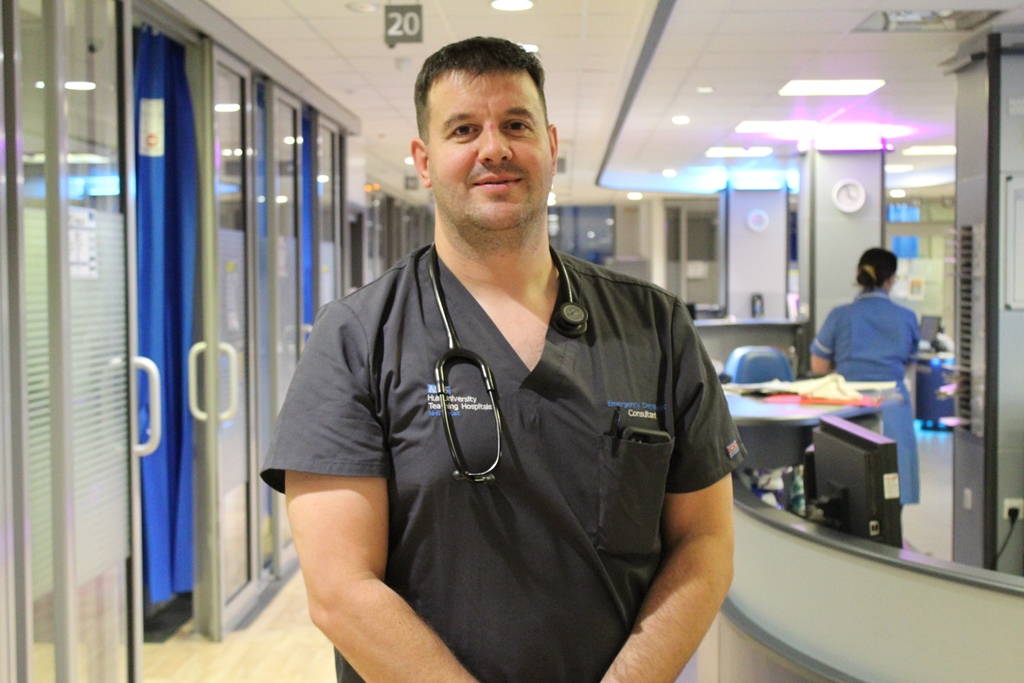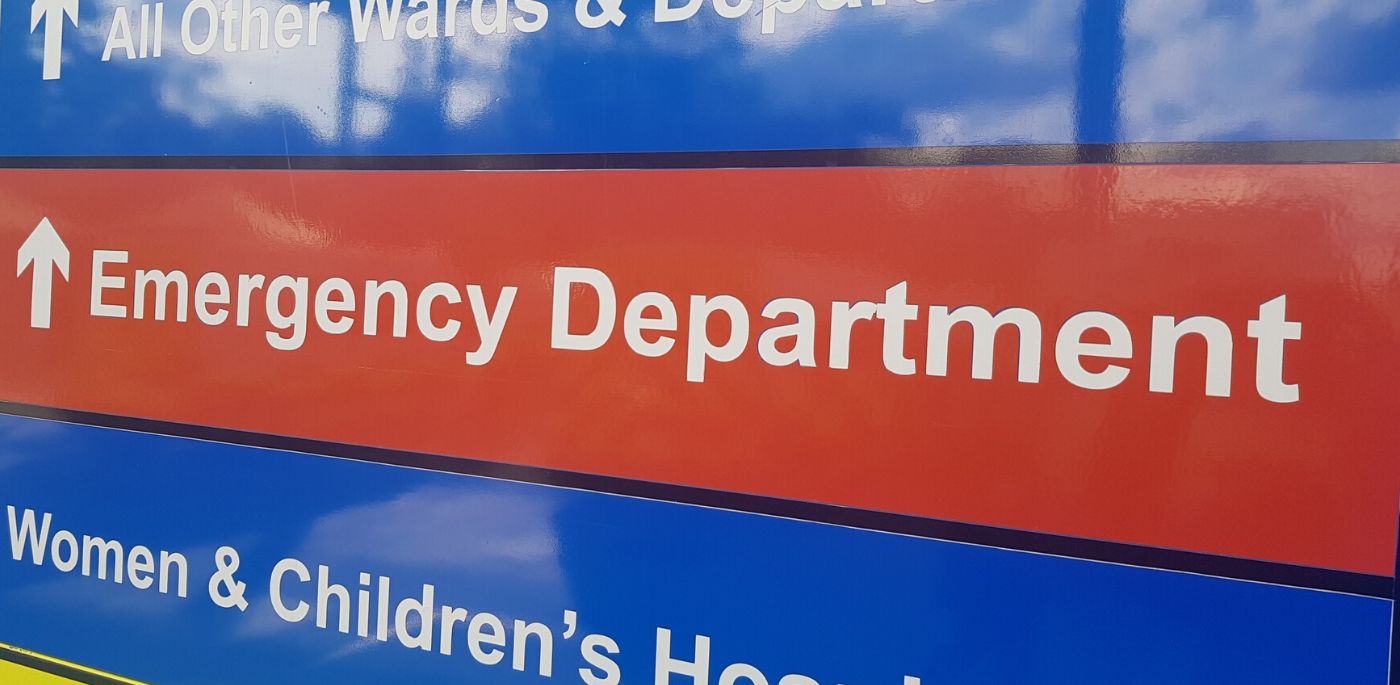Hospital staff in Hull say they still desperately need the huge level of public support shown for the NHS in recent weeks, but this time in a different way.
As national lockdown restrictions ease and the country looks to resume some kind of normality, staff at Hull University Teaching Hospitals NHS Trust are also working to resume more routine activity such as hospital appointments and planned surgery.
One area which seems to be returning to normal faster than most, however, is emergency care.
At the height of the coronavirus pandemic, Hull Royal Infirmary’s A&E department – which provides care for the most seriously injured and critically ill patients – was seeing fewer than 200 patients each day. Just a month or two earlier, A&E attendances had regularly been exceeding 400.
Now, as the nation seems to be breathing a virtual sigh of relief as far as COVID is concerned, hospital bosses are already seeing huge rises in the numbers of patients returning to A&E and are worried this could put both patients and staff at greater risk again.
Teresa Cope (pictured) is the trust’s Chief Operating Officer and has led the hospitals’ response throughout the COVID-19 pandemic. She says:

Teresa Cope, Chief Operating Officer
“The number of patients being treated in A&E during the course of the pandemic more than halved, and most of those we did treat were patients who were in urgent or critical need.
“To do this in a way which was safe for both staff and patients, we had to split our A&E department into a ‘hot’ area, to care for COVID positive or symptomatic patients, and a ‘cold’ area for those who had no symptoms or were known not to have the virus. Operating what was essentially two smaller departments in one placed quite a strain on the team but they were able to manage this safely and in line with all the necessary guidance because of the lower number of attendances.
“As public restrictions have begun to ease, what we have seen over the last two to three weeks is quite a significant rise in the number of people walking in to the emergency department again. In the last few days, we’ve seen around 330 people per day, and a much larger proportion of those are now coming in with minor illnesses, such as verrucas or minor skin complaints, for which advice or treatment could have been sought elsewhere.
“To be clear, COVID is still here; we continue to protect our patients and our staff, we continue to care for patients with this potentially deadly virus, and we are planning for it to be around for many months yet.
“A&E is often seen as the ‘open door’ to the hospital, but patients who come to A&E when they don’t need to are placing themselves, other patients who can be much more seriously ill, and our hard-working staff who have battled so hard to try and beat this virus in recent months at much greater risk.
“Some of the lockdown restrictions may have eased, but trying to enforce two metre social distancing round-the-clock in a department which has hundreds of people through the doors every single day is almost impossible. Caring for each individual patient also takes that little bit longer as staff need to wash hands and change PPE much more often, make sure their patients are suitably screened and protected, and ensure areas are safe to provide care in.
“We now desperately need the public to show the same level of understanding and support for us as we’ve seen during the height of the COVID-19 pandemic.
“We will be bringing our hot and cold areas safely back into one this week, but we need people to understand that things can’t just return to normal.
“Before we see a return to pre-COVID levels of activity in the department, which even at that time were difficult to manage, we’re asking for the public to really help their NHS once again. This time, we need people to look for services other than A&E if their problem is anything other than a serious injury or critical illness.”

Dr Ben Rayner, consultant in emergency medicine
Dr Ben Rayner, emergency care consultant who will be a familiar face to many after appearing in Monday’s Channel 5 documentary, A&E After Dark, says:
“A&E After Dark provides just a snapshot of the cases we deal with, but in doing so shows just how labour intensive some of our work can be and just how seriously ill some of our patients are.
“With the easing of lockdown on 1st June, the emergency department has experienced an increase in patient attendances, and this increase has been most noticeable over the last four days.
“The number of patients attending, along with the measures the trust has put in place to maintain the safety of both staff and patients have led to longer waits to see a practitioner and, at times, a more crowded department, and we are sorry for this.
“The support which has been shown to the NHS over the last couple of months, however, has been fantastic, and I would ask that this support continues with people not attending the emergency department unless it’s truly needed.
“For the emergency department to function as intended, to see patients arriving with acute severe illness or injuries, and to meet the challenges COVID-19 has presented, more than ever we need patients to use alternative services such as pharmacists, urgent treatment centres, GP surgeries, and NHS 111.”

